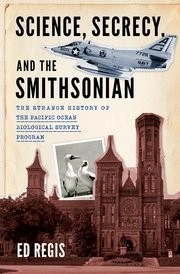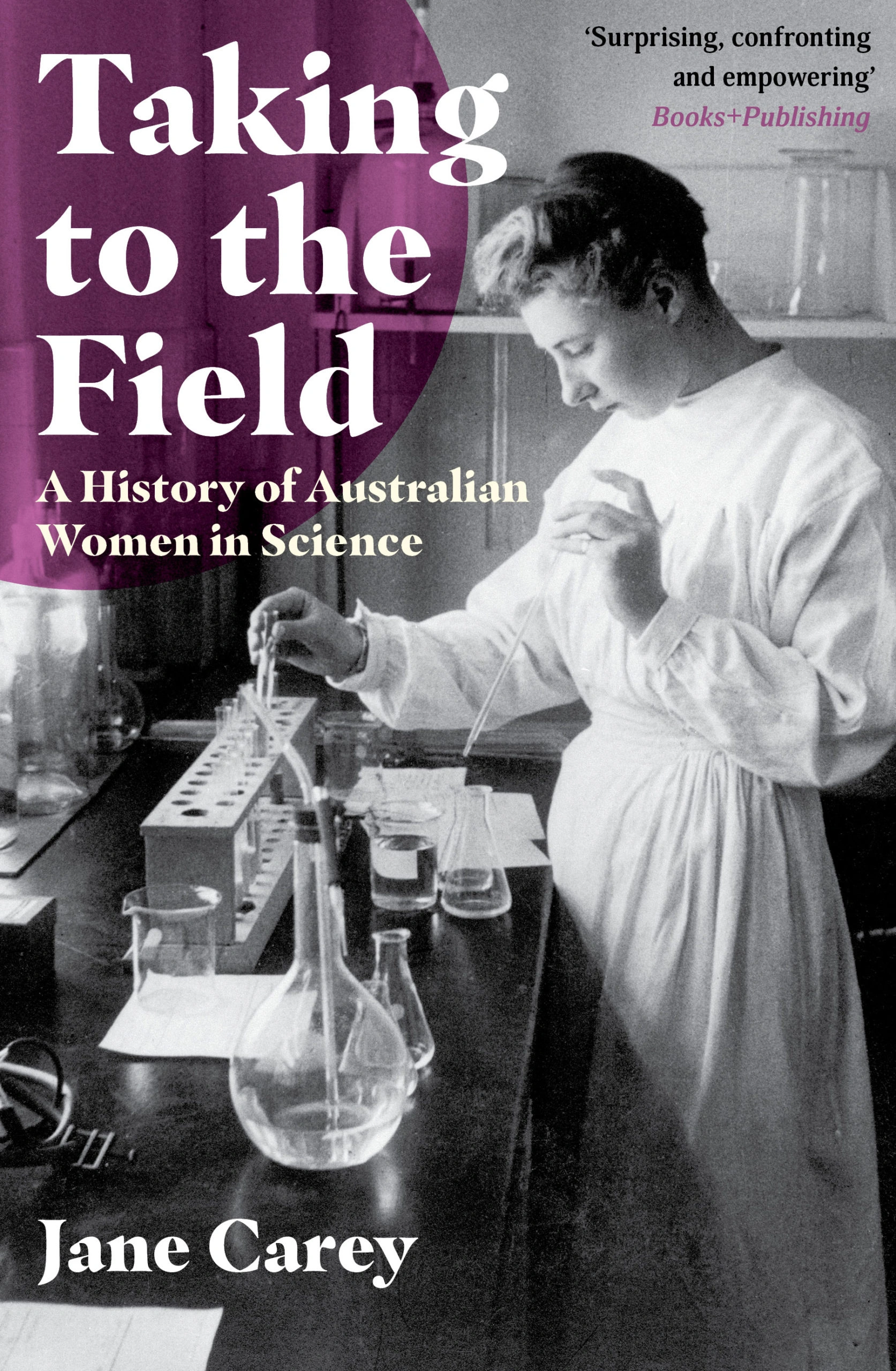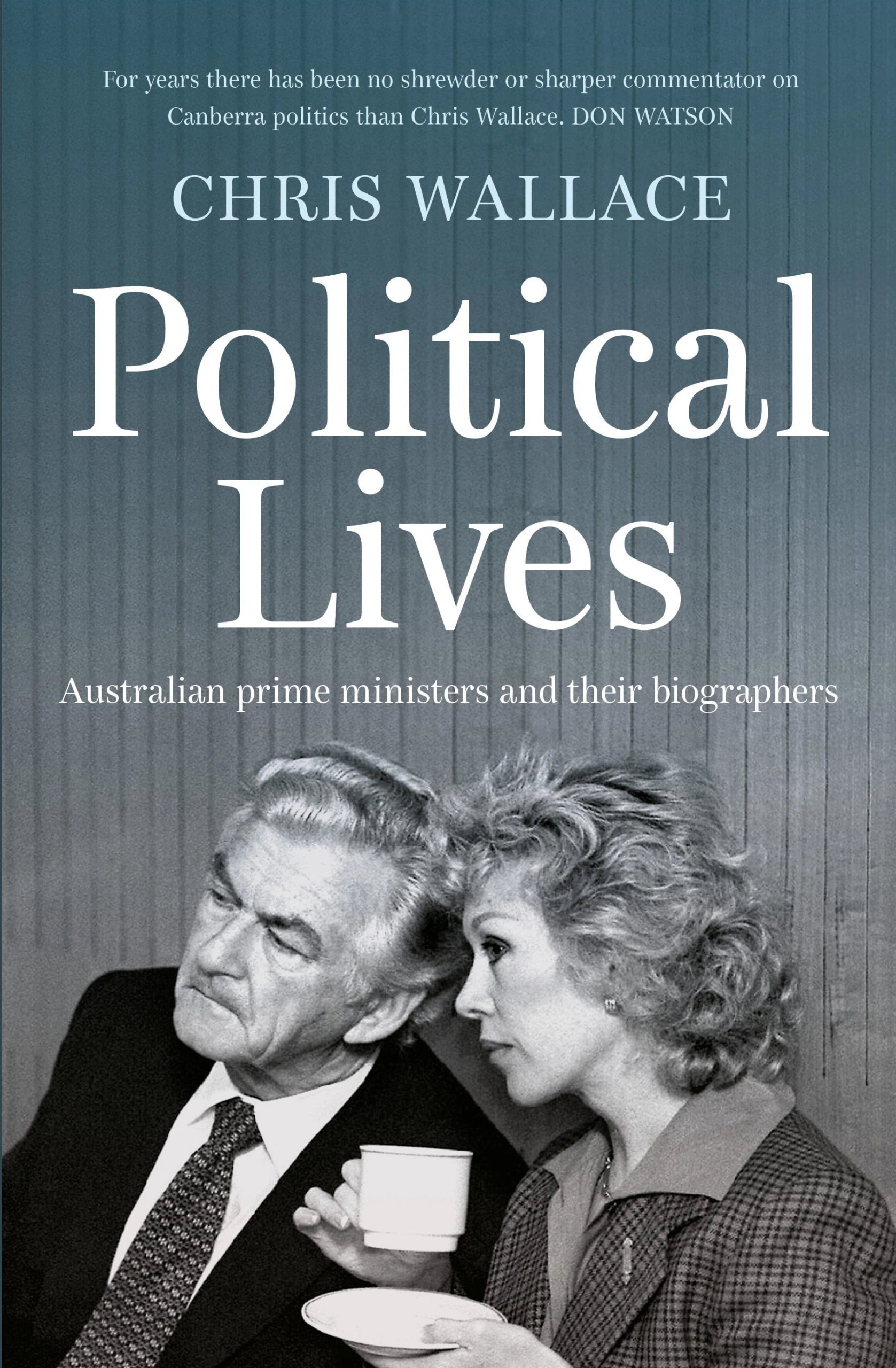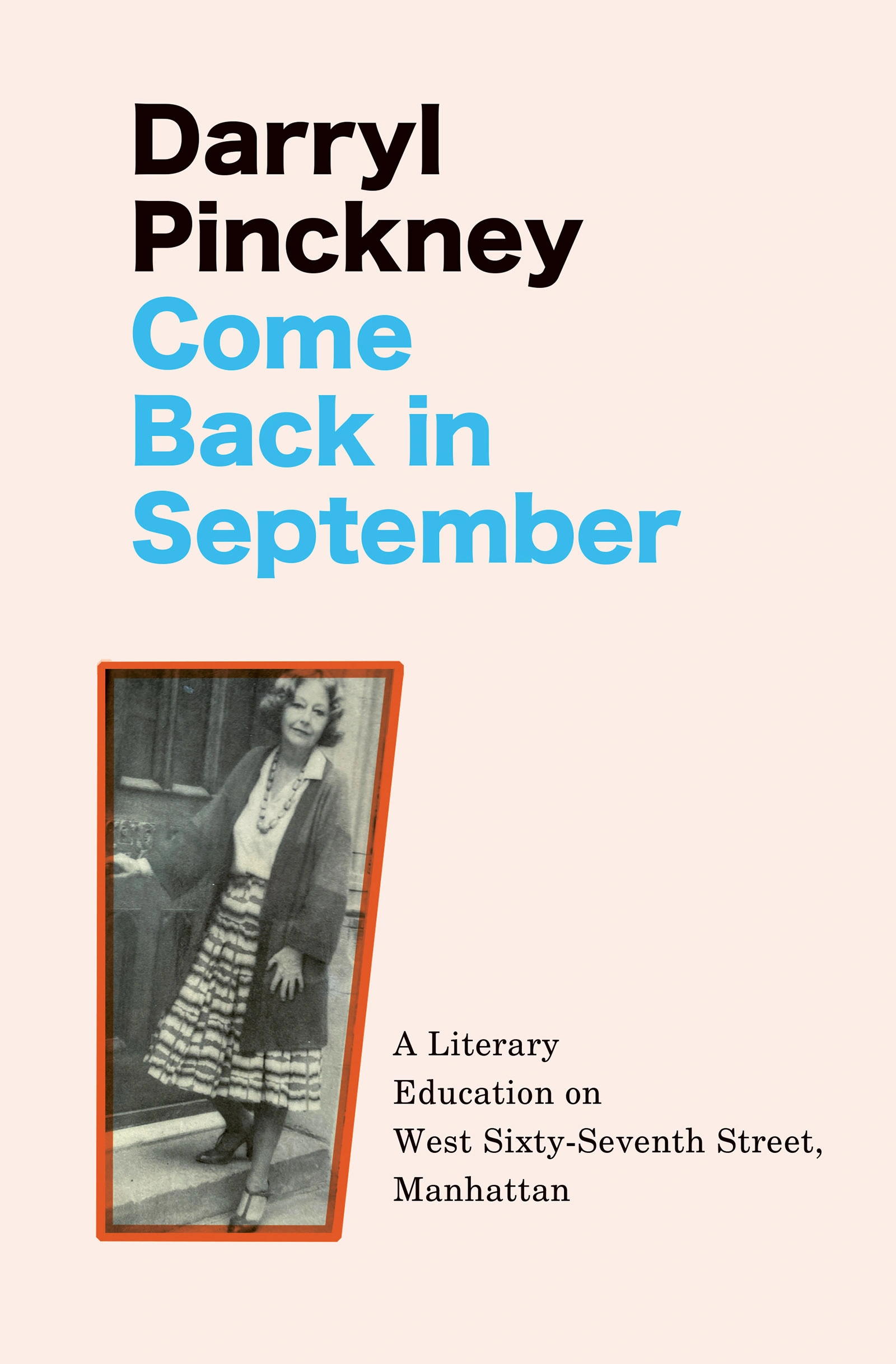History
The Millionaires' Factory: The inside story of how Macquarie became a global giant by Joyce Moullakis and Chris Wright
by Michael Easson •
Science, Secrecy and the Smithsonian: The strange history of the Pacific Ocean biological survey by Ed Regis
by Billy Griffiths •
O'Leary of the Underworld: The untold story of the Forrest River Massacre by Kate Auty
by Ann Curthoys •
Taking to the Field: A history of Australian women in science by Jane Carey
by Jessica Urwin •
Drink Against Drunkenness: The life and times of Sasha Soldatow by Inez Baranay
by Susan Varga •
Political Lives: Australian prime ministers and their biographers by Chris Wallace
by James Walter •
Come Back in September: A literary education on West Sixty-Seventh Street, Manhattan by Darryl Pinckney
by Peter Rose •
Myth America: Historians take on the biggest legends and lies about our past edited by Kevin M. Kruse and Julian E. Zelizer
by Marilyn Lake •










